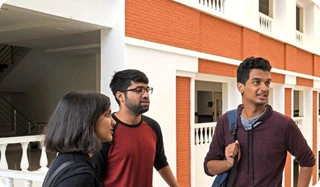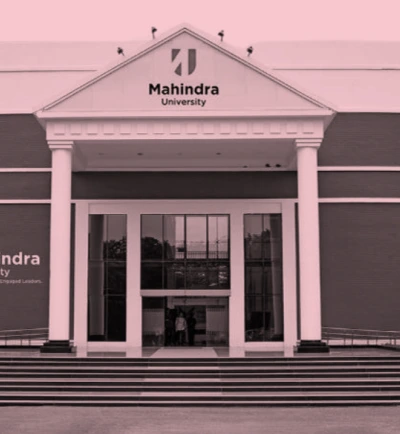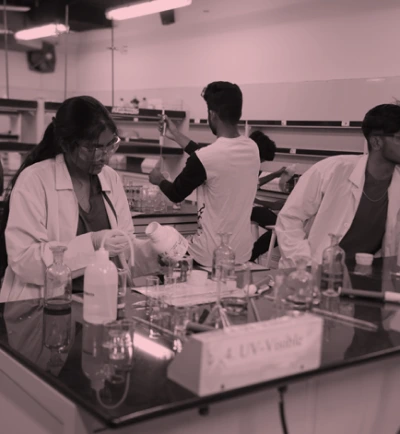Education Conundrum: The Curious Case Of India

India has been consistently securing a lower rank while participating in the Programme for International Student Assessment, a test conducted by the OECD secretariat. This test looks at the aptitude of students in discerning various practical problems. Getting lower ranks reflects the poor quality of the education system prevalent in India. Why are Indian students not able to cope up?
There are three ways of looking at this. First, Indian students aren’t smart, despite having access to quality teachers. Second, Indian students are actually smart, but because of want of access to quality education they aren’t able to perform well. There is also a third possibility: There are both quality education institutes, and smart students in India. However, these smart students prefer to explore options outside India — for jobs, or for pursuing higher education — leaving the poorer quality students in India.
From the demand side, quality education translates into graduates who are employable and have adequate skills to deliver the needs of corporate India. Be it doctors, engineers, or even MBA graduates, there is a dearth of quality professionals in India. This is precisely why every year corporates like Infosys (service), ITC (manufactured consumer items), Apollo (medical), and L&T (engineering), to name a few, are left with vacant seats, or prefer to recruit people with foreign degrees, rather than employ graduates from India. Yes, there are quality education institutes such as IITs, IIMs, AIIMS, etc. in India. However, the pass-outs from these institutes are either too few in number, or decide to go abroad for higher studies, or even take up work there.
From the supply side, quality of education would have to be seen in terms of contribution to research and development. This means — education institutes serving as an incubator for developing new technologies that can be of use to the entrepreneurs, to produce goods and services more efficiently. This becomes evident from the number of patents, and research articles, published from universities and colleges. Although there has been an increase in the number of patents applied and research articles published from India, it is far less compared with the more advanced economies.
It is to be noted, per-capita income of any country can be increased either by increase in labour force participation and/or because of technological breakthroughs. The growth performance of the newly industrialised economies in Asia, such as Taiwan, South Korea, Singapore, Hong Kong, is typically driven by designing curriculum, so that more people can be employed. This model of increasing growth by producing more employable graduates, implies that growth has taken place through increase in labour force participation. On the other hand, the growth process in the West is attributed to technological innovation.
India faces a dearth of both quality teachers and quality education institutes. At a time when deans of Indian origin at Ivy league business schools in the US are making national headlines, in India, the newly-opened IIMs and IITs are scouting for professors. In fact, these newly-opened institutes survive by hiring visiting professors from other institutes and universities in India.
A majority of the quality students regard education as they would any other commodity. Pursuing quality education comes with a cost. For example, many MBA students who take bank loans look at education as a return on their investment, that is, the jobs they are likely to get once they get their degree. In that way, most education institutes, especially the MBA ones, have now been transformed into sophisticated placement agencies. If the institutes cannot secure jobs, they are likely to get fewer students.
The preference for IITs and IIMs derives from the fact that the perceived returns from education in these institutes are highest here. Corporates come to IIMs and IITs, not by taking into consideration the patents and research articles published, but by being persuaded that the rigorous screening procedure in these institutes are assurance enough that quality students get in.
During a slowdown, the second-tier institutes provide more value for money for students and corporates. No matter what the business school teaches, the corporates have their own induction programme. During a slowdown, a corporate can hire students at a lower cost, compared with what it would have to offer to tier-1 graduates. Hence, in recent times, some of the IIMs faced difficulties, while second-rung business schools were able to achieve 100 per cent placement.
The other smaller group of quality students who are indeed passionate about pursuing, and not consuming education, typically leaves for the US, Australia or Western Europe, to pursue higher education. Recent evidence also suggests that because of want of adequate seats in medical colleges, students are actually going to the erstwhile Soviet Union, and even learning medicine in their local languages. Net result: India still loses out in terms of brain drain, because of adequate quality education facilities at home.
Government regulation in higher education hinders supply of quality education. It is all-pervading, whether in terms of determining fees to be charged, or foreign collaboration. When it requires around Rs. 6 lakh per year to produce an engineer, and anything between Rs. 10-12 lakh per year to produce a doctor, asking a private institute to charge state-determined fees is unreasonable. In this fashion, the privately funded universities cannot survive, leaving aside, hiring quality teachers.
What is however do-able is asking the privately-run institutes to give scholarships to the needy, meritorious students. In fact, most of the successful universities in the US are privately-run. Most of the business schools in China are thriving, and provide a better education because of their collaboration with Universities in the US and Canada — something that isn’t possible in India. To open any private institute, no-objection certificates need to be taken from multiple sources, such as the State government, State universities, and government regulatory bodies (for example, UGC, AICTE, etc.), instead of having a single-window clearance mechanism in place.
The government will do better by putting a grievance redressal mechanism in place, where the universities can be tried, or their license cancelled in the event of false promises. In the event of healthy competition, bogus education institutes won’t be able to survive. So, let the students decide. Hopefully, this will add to supply of quality education institutes, human capital, and help to sustain India’s growth.
(The author is Associate Professor (Economics), Mahindra École Centrale, College of Engineering, Hyderabad).
About Dr. Nilanjan Banik
Dr. Nilanjan Banik is an Associate Professor with MU in the Economics department.













